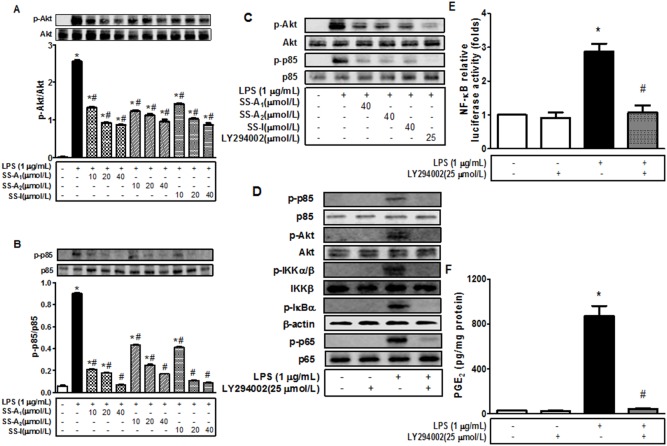Figure 6. Soyasaponins prevent the LPS-induced PI3K/Akt activation in macrophages.
Macrophages were pre-treated with 10, 20, or 40 µmol/L of soyasaponins (A1, A2 and I) for 2 h, and then stimulated with LPS (1 µg/mL) for 30 min as noted. Phospho- and total Akt and p85 were detected by using immunoblotting (A–B). (C) Macrophages were pre-treated with 40 µmol/L of soyasaponins (A1, A2 or I) or 25 µmol/L of LY294002 (a PI3K inhibitor) for 2 h, and then stimulated with LPS (1 µg/mL) for 30 min as noted. Phospho- and total of Akt and p85 were subsequently detected by using immunoblotting. (D) Macrophages were pre-treated with 25 µmol/L of LY294002 for 2 h and then stimulated with LPS (1 µg/mL) for 30 min, 15 min or 10 min as indicated. Phosph- and/or total p85, Akt, IKKα/β, IkBα and p65 were detected by using immunoblotting. (E) The pNF-kB-Luc plasmids were introduced into macrophages using transient transfection for overnight, and then stimulated with 1 µg/mL of LPS in the absence or presence of LY294002 (25 µmol/L) for 16 h as noted. The level of luciferase activity was evaluated and presented as fold of the negative control. (F) Macrophages were pre-treated with 25 µmol/L of LY294002 for 2 h, and then stimulated with 1 µg/mL of LPS for 16 h, followed by measurement of PGE2 in the media with an enzyme immunoassay. Results are presented as means ± SD of 3 independent experiments. *: P<0.05 vs. control. #: P<0.05 vs. LPS alone.

